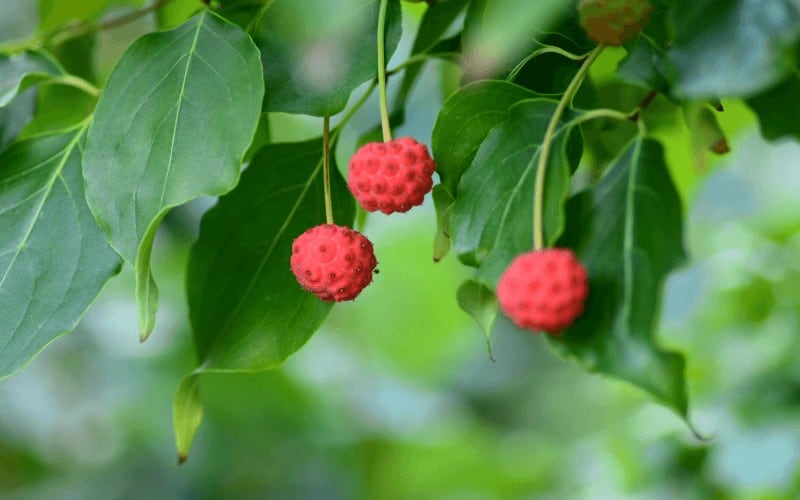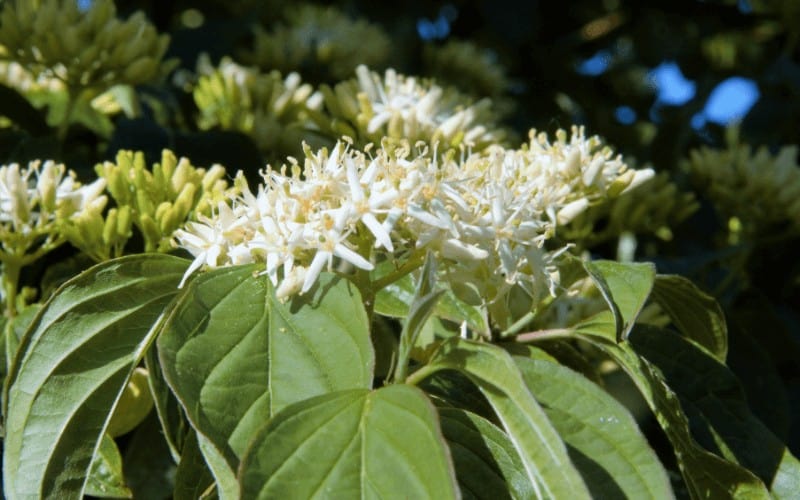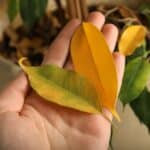What happens when your dogwood plant suddenly start showing signs of abnormal growth. This could raise so many tenses and fuss in your mind, but you don't have to worry about it as you're about to learn how to save a dying dogwood plant.
Dogwoods are a highly medicinal plant and would be recommended to people depending on the health condition. Health conditions like headaches, fatigue, fever, and diarrhea can be treated with dogwood plants.
More also people would apply dogwood to the affected skin areas, especially to boils. Dogwood can serve as a tonic too.
Sadly, a few things could lead to the death of this wonderful plant, including overwatering and underwatering. In today's guide, we'll show you how to restore your dogwood plant back to life when death knocks.
Let's get started!
Table of Contents
Important Facts About Dogwood Plants
You must know the kind of dogwood you have to understand its growth process and in the long run help with its solutions when problems arises.
There are several species of dogwood plants, the flowering dogwood would bloom white flowers sometimes but other cultivars or variants would bloom pink instead.
Wolf eyes can similarly be compared to flowering dogwood however, it is a small cultivar and would bloom white tinged with pink and more tapered and pointed than other dogwood, but this plant is more disease resistant than flowering dogwood.
Dogwoods do best in moist, well drained, slightly acidic soil and soil high in nutrients, it prefers organic based soil. This plant would grow magically well in its best condition as it rewards the owner for the great efforts.
Nonetheless, dogwood plant dying could be caused by so many conditions, that maybe you must have contributed to. Moreover, your plant die without showing signs.
Signs Of a Dying Dogwood Plant

Below are some of the various ways you should be able to know when your dogwood plant is loosing its life
1. The backs peeling off
This is one of the signs of a dying dogwood plant. To check for this;
Check the base of the trees and its branches. If, the tree should peel or flake away effortlessly around the girth of the branch, then the branch or checked area could be dying, if not dead already.
2. Brown areas, brittle & dry trunk
Sunken brown areas of your dogwood plant is another sign, as well as brittle and dry trunk; a living dogwood plant would not display this sign!
If you are skeptical about some of the branches on your dogwoods plant check for the branches to clear your doubts.
Scrape a little area of bark about an inch or so from the trunk near the base of the tree, is it firm and moist? Then it is strong, but if not, then your dogwood must have been affected.
3. Dry twigs and resistance of thumbnails
Your dogwood plant may be dying because of the twig. To check for this; pinch the tip of your dogwood branch to see if the tissues are flexible.
If you can deep a thumbnail into the twig and it is still moist, it is still alive, green plant tissue also indicates a living branch, but if it resists a thumbnail or snaps off, the twig is dead. Repeat this process around other branches for safety measures.
All these signs would occur due to one or more factors, let’s see them.
Why Your Dogwood Plant Is Dying
After knowing your kind of dogwood and being convinced that it's dying , you can get best results by knowing what really caused these signs before administering any control measure to bring the plant back to life.
That said, below are some of the things that could cause the death of a dogwood plant:
- Overwatering and underwatering; watering the plant is a good thing, but overwatering brings about problem which could be severe to your dogwood plant. Overwatering would also expose it to attacks from insects. Also not watering enough at all dries the trunk and there would not be passage of water - its paramount nutrient.
- Dogwood and lighting: Exposing your dogwood to excess sunlight will cause the leaf to burn and change its color.
- Planting the dogwood plant in the wrong soil would lead to stunted growth
Can you save a dying dogwood plant?
Of course yes! With the right process your plant should do just fine.
Now the big question,
How to Save a Dying Dogwood Plant

1. Appropriate watering
ou can save your dogwood plant by watering it well and allowing proper drainage, check the soil, if it is still moist, why bother watering it again. Watering once a week to a depth of 6 inches should suffice.
Note: a new planted dogwood would require 1 inch of water each week during spring and summer of the first year of growth.
2. Lighting
Dogwood does well in full sun than in partial shade, however a full sun might affect the dogwood causing it to deal with scorching.
Dogwood plant curls their leaves to protect the surface area against burning as exposed to the sun. So it is a protective measure to keep it from direct sun.
3. Check the soil
Plant your dogwood plant in a slightly acidic soil but if you don't have such soil, you can mix soil acidifier and get the base that your plant needs for its growth.
Note: Dogwood plant is not maladaptive towards most soils, but would do well with slightly acidic loam soil.
4. Apply the right amount of fertilizer
Ensure you're using se fertilizer recommended for a dogwood plant and that you're applying the right amount of fertilizer.
You will be stunting its growth by feeding it with too much fertilizer no matter how good the fertilizer is, as it would deny the plant its natural form. Usually, a ratio of 12-4-8 and nitrogen could be higher than other elements.
5. Protect it from insects
Insects might render your efforts useless, depending on the location of your plant or its condition.
Plants left in damp areas or overwatered attracts them the most. To stave them off your dogwood plant, use fungicide to protect it from anthracnose and other diseases due to insect infestation.
6. Further tips
Prune and destroy dead wood and leaves only when necessary.
Do you want to use mulch? It is totally advisable, especially if you need not worry about watering constantly, but maintain 4 to 6 inches deep mulch around your plant.
Trees that grow in full sun demands more watering than the one's in shady areas.
Conclusion
You should not be anxious, especially now that you know how to save a dying dogwood plant.
Always remember that your dogwood plant can be saved once the problem have been identified. Do not ignore the signs nor the reasons for the signs.
You have a successful experience saving that dogwood plant!




